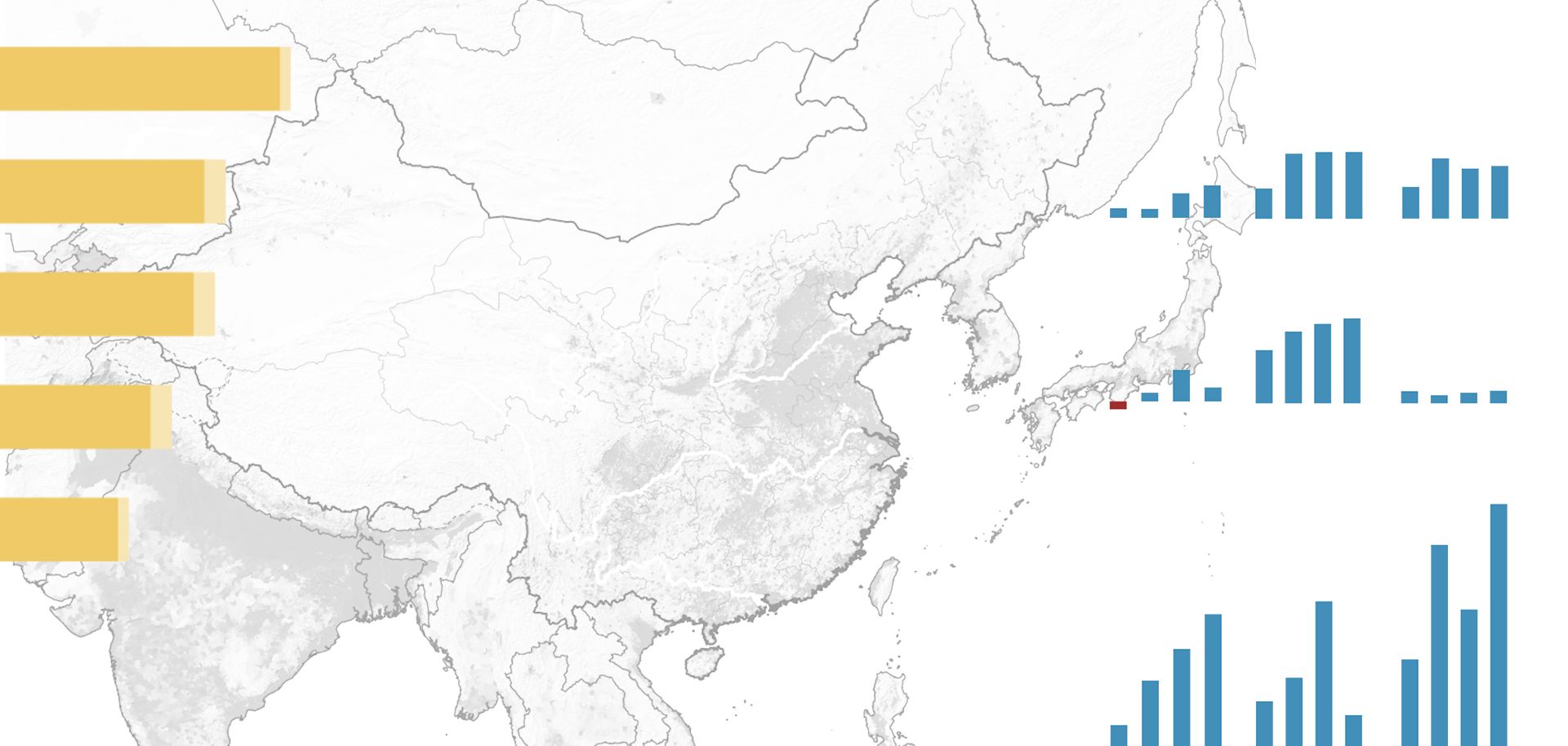
The Yangtze River is the key geographic, ecological, cultural and economic feature of China. Stretching 6,418 kilometers (3,988 miles) from its source in the Tibetan Plateau to its terminus in the East China Sea, the river both divides and connects the country. To its north lie the wheat fields and coal mines of the North China Plain and Loess Plateau, which unified China's traditional political cores. Along its banks and to the south are the riverine wetlands and terraced mountain faces that historically supplied China with rice, tea, cotton and timber. The river passes through the highlands of the Yunnan-Guizhou Plateau, the fertile Sichuan Basin, the lakes and marshes of the Middle Yangtze and on to the trade hubs of the Yangtze River Delta. Its watershed touches 19 provinces and is central to the economic life of more people than the populations of Russia and the United States combined. The river's dozens of tributaries reach from Xian, in the southern Shaanxi province, to northern Guangdong — a complex of capillaries without which China likely would never have coalesced into a single political entity. The Yangtze, even more than the Yellow River, dictates the internal constraints on and strategic imperatives of China's rulers. The Yellow River may be the origin of the Han Chinese civilization, but on its own it is far too weak to support the economic life of a great power. The Yellow River is China's Hudson River or Delaware River. By contrast, the Yangtze is China's Mississippi — the river that enabled China to become an empire.



